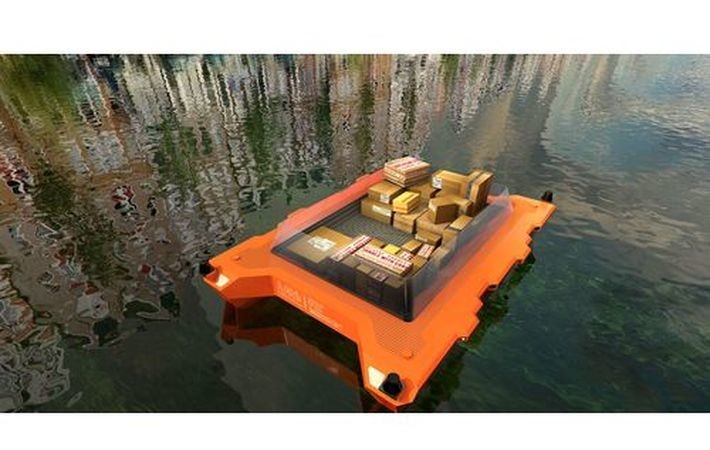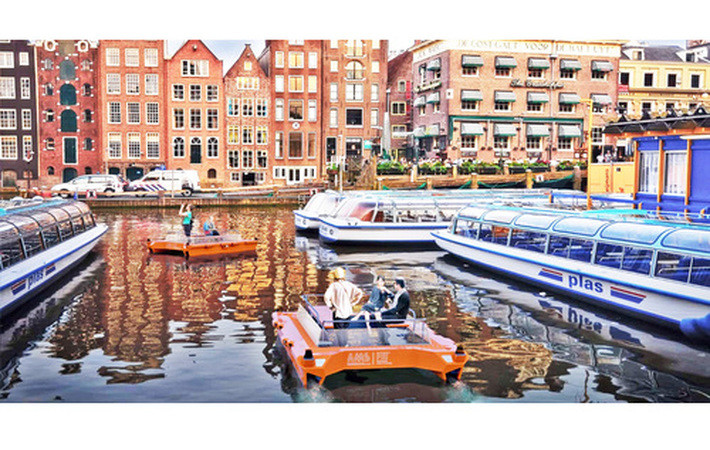
Published on 10/14/2016 | Use Cases
Amsterdam: a quaint city overflowing with charm. After a recent visit, I fulfilled all of my dreams: riding bikes, visiting the Anne Frank house, and eating endless waffles. At the point when I had to slow down, I sat and watched the boats filled with locals and tourists roll by, and the question came to mind: What if the boats were self-driving?
I came home to realize I hadn’t been as inventive as I thought. Turns out, MIT is joining forces with the city of Amsterdam to bring the world’s first fleet of autonomous boats. Over the next five years, they hope for these boats to become commonplace within the city’s canals, used for the transportation of people and resources as well as keeping track of the environment.
Nicknamed the “Roboat”, these autonomous boats will serve several purposes throughout the canals connecting the city. According to the Amsterdam Institute for Advanced Metropolitan Professor Arjan van Timmeren, the boats could be equipped with underwater robots to “detect diseases at an early stage.” They could also be used to rid the canals of floating waste and “find a more efficient way to handle the 12,000 bicycles that end up in the city’s canals each year.”
These boats can also be used to create temporary bridges in the event of a crisis or the need for transportation. Because of how simple they are, they can be put together and taken apart in very little time.
The people of Amsterdam will have access to these boats for personal transportation as well. Having ridden a bike through the city, I can attest that it is pretty hard to get around sometimes, as even the local people will admit. Cars show no mercy, and roads are narrow with water on both sides. In my opinion, navigating the city via the canals would make for a safer option and the enable access to more of the city.

Because these boats are connected through Internet of Things technology, more data will be more accessible which will make for a cleaner safer city. The technology being deployed has been used for the detection of influenza and other threatening diseases, which has been a serious problem in this city.
Predictive Maintenance is the IoT application that makes the most sense to me. Why not use a tool as incredible as connectivity to save money, save time, and sometimes even save lives?
The first of these boats will start arriving on canals beginning in 2017, and this project filled with research will last for five years. I guess I have to go back; I would love to see this IoT project in action!